A guide to kit for controlling rats, mice and squirrels
 © ING Image
© ING Image If there’s one thing the world will never be rid of, it’s mice and rats. These sneaky rodents have been around for 160 million years and both farmers and pest professionals have to work hard to keep their numbers down.
New poisons and formulations from the big pest companies have helped massively over the years, but there’s no room for complacency.
Rodents aren’t just a pain in grain stores and other farm buildings; they like to keep their incisors sharp by chewing electrical wiring in overwintering combines and mice particularly like to chomp through important paperwork in the farm office.
See also: Advice: Who has the right to buy rodenticides
Of course, the easiest way to deal with your rats and mice is to get a professional pest company to take on the task. But you can do it yourself and save several hundred pounds a year (provided you follow the CRRU rules).
Campaign for Responsible Rodenticide Use (CRRU)
From 1 June 2016, farmers have had to:
- Get an approval certificate of competence from an approved training programme; or
- Be a member of a UK farm assurance scheme that has among its standards a requirement for an audited programme of rodent pest management; or
- Employ a professional pest controller in possession of an approved certificate.
However, putting down bait, checking traps and dealing with the corpses isn’t exactly the most fun thing in the farming year.
Who wants to be smearing peanut butter on mousetraps on a cold January evening when they could be watching Game of Thrones or Strictly Come Dancing?
See also: A guide to effective bird scaring kits for farmers
This scheme ran out at the end of 2017 but it has now been confirmed that farmers in these schemes will not need any further proof of competence in 2018.
But new technologies are coming along that promise to make the job easier.
They are mainly based on high-voltage/low-current 7,000v versions that kill rodents quickly and cleanly. They are humane too – the rat or mouse doesn’t know what has hit it.
Alongside this high-voltage technology are some high-convenience items.
For a start, many of these traps now beep every few minutes to tell you that there has been a catch.
Some also drop the hapless rodent into a plastic bag so you don’t have to handle it.
And the latest ones can even send a text or email to your mobile phone to tell you that a mouse or rat has been despatched. Best of all, many of the traps are relatively cheap to buy.
While a strong mechanical spring, baited with something attractive, is still the main way for farmers to dispatch rats and mice, trap designs are getting more sophisticated and effective.
There are dozens of designs of trap on the market, many of them quite similar and often remarkably cheap, so we wouldn’t have room to list them all here.
However, here are the more interesting ones:
Victor
US manufacturer Victor, which has been around since the 1890s, has a wide range of mousetraps and rat traps available in the UK.
Live-catch options include the galvanised £12 Havahart 1020 two-door cage trap for catching mice and rats and the 1083 Easy Set trap for rats and squirrels, which can be set simply by lifting a lever.
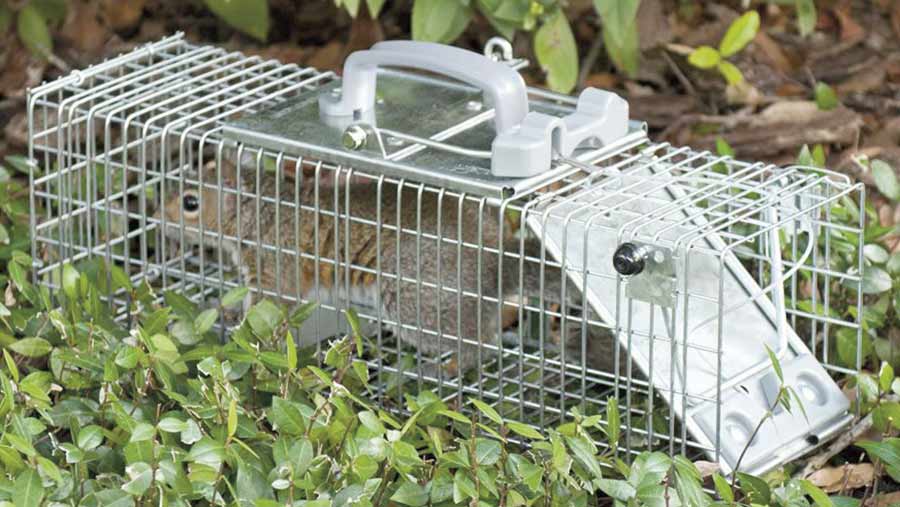
Victor also has a range of patented electronic rodent traps, including the indoor Victor M250S Electronic Mouse Trap (£25.99), plus a Pro and Multi-Kill version.
Suitable for use in the farmhouse, dry barns and outbuildings, they use a high-volt/low-amp electric shock to kill the mouse instantly and humanely as soon as it steps on a pair of metal plates and completes the circuit.
Kill rate is said to be 100% and each time the trap catches a mouse, the indicator light on top flashes green for up to seven days. A set of four AA batteries will give enough power to despatch up to 100 mice.
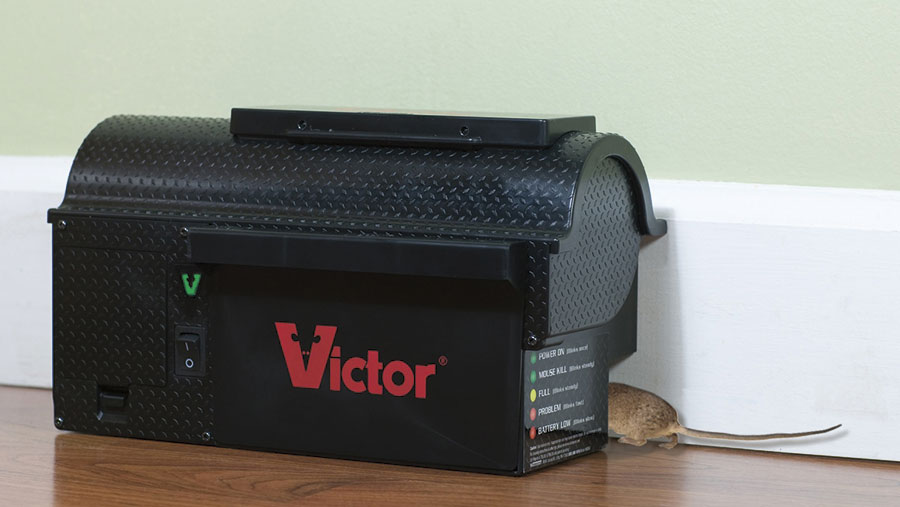
For bigger infestations, the Victor M260 Multi-Kill Electronic Mouse Trap (£61.99) uses the same high-voltage shock technology and kills up to 10 mice without resetting.
It runs on four C batteries, which can kill up to 150 mice before replacement. It’s reusable and safe for pets and children. A blinking kill light is fitted, as is a battery replacement indicator.
The company also sells an electronic rat killer, the M241 Electronic Rat Trap, that uses a high-voltage shock to kill rats in seconds. A set of four C batteries will kill up to 50 rats. It costs £36.49.
Victor says it is also releasing (later this year) the Smart-Kill wi-fi electronic mouse and rat traps that send alerts to your mobile phone when a mouse or rat has been zapped.
Karlsten 7000v rat trap
This trap has dimensions of 280mm x 115mm x 140mm. No poisons are employed – you use peanut butter as bait and rats and mice are killed immediately by the 7000v charge, says the maker.
To discard the dead rodent, you pick up the device, slide the dead rodent into the bin and put the trap back in its location ready for its next catch.
Power can come from the 240v mains or from batteries: four D batteries give 30 or more kills. An indicator light shows if there is a dead rat in trap. The cost is typically £50.
Ratbait Pest Control Supplies
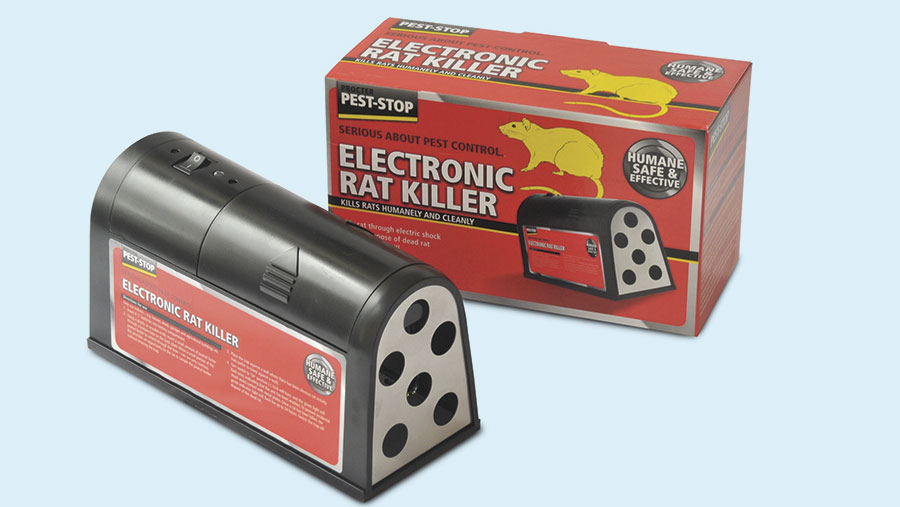
This Norfolk-based company sells the budget Pest Stop 8973 electronic rat killer trap. It runs on four C-size batteries, enough for 12 kills.
When a rat enters the trap and touches the two killing plates, it is killed in seconds. Once a rat has been killed, the green indicator will flash for 24 hours. There is also a Pest Stop 8974 version for mice. Prices are £35 and £23 respectively.
Aken Tech
The company says it has a 100% kill rate with its Electronic Rodent Trap. A 7000v shock lasts for two minutes to be sure the rat is dead. A plug-in AC adapter and 1m extension is supplied. Dimensions are 30cm x 10cm x 12cm. The price is £57.
Ratagon
Ayrshire company Ratagon has come up with a high-tech set-up that includes six traps (to match the size of the infestation) plus a dispatching chamber, a supply of special rat bait and several environmentally-friendly biodegradeable bags. More traps are available if needed.
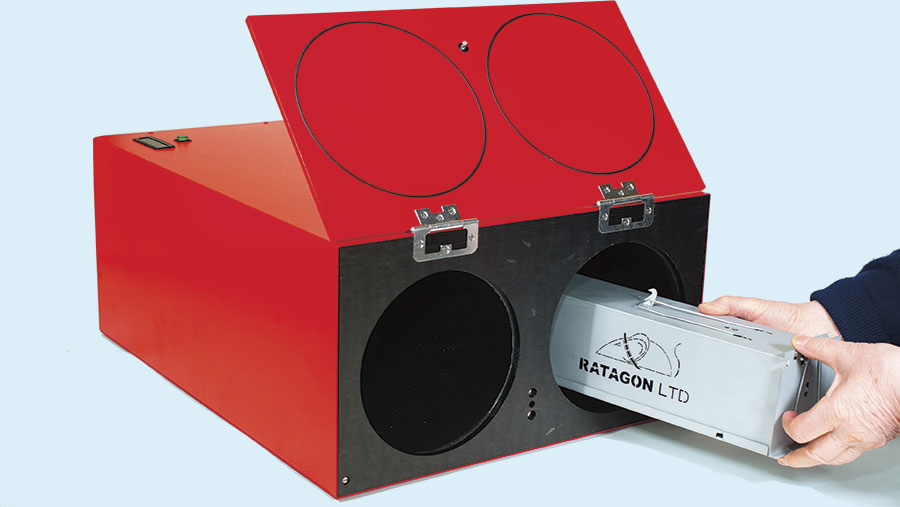
© Paul Nimmo
Rats are enticed into a metal tunnel-like structure, which means there is no need for the user to touch the rat, and non-target species are left unharmed.
The vacuum system dispatches the rat after five minutes and an LCD takes you through the process. It’s then dropped into a disposable bag. The cost is £1,250 for the whole thing.
Wisecon Wisebox
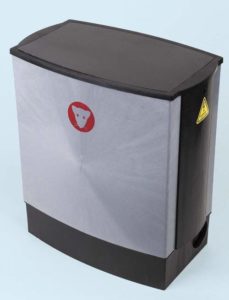 This high-end Danish device kills the mouse or rat humanely and speedily by zapping it with a 7,000v electric current.
This high-end Danish device kills the mouse or rat humanely and speedily by zapping it with a 7,000v electric current.
The dead rodent is dropped into the built-in waste bucket, so there’s no poison involved.
There are six models, with increasing levels of sophistication – the top models drop the hapless rodent into a plastic bag within a closed container and then rearms itself ready for the next unwise visitor.
The Wisebox can be set to notify you by email or text if there has been a catch, the bin is full or the battery needs replacing.
The Wisebox can be used indoors or outside and is powered by either batteries or mains power. If you are using it outdoors with batteries you can opt for a solar power panel to keep them charged up.
Prices go from £620 to £1,300 for the top model of a big range.
Gorilla Traps
These German-made mouse and rat traps look a bit different from the norm. They are also the first to gain German government approval and are made with black metal and plastic for reducing light reflections.
They are designed to be baited with non-toxic Nara bait, which comes in fish, chocolate/nut, meat, vanilla and mango flavours. Yes, mango…
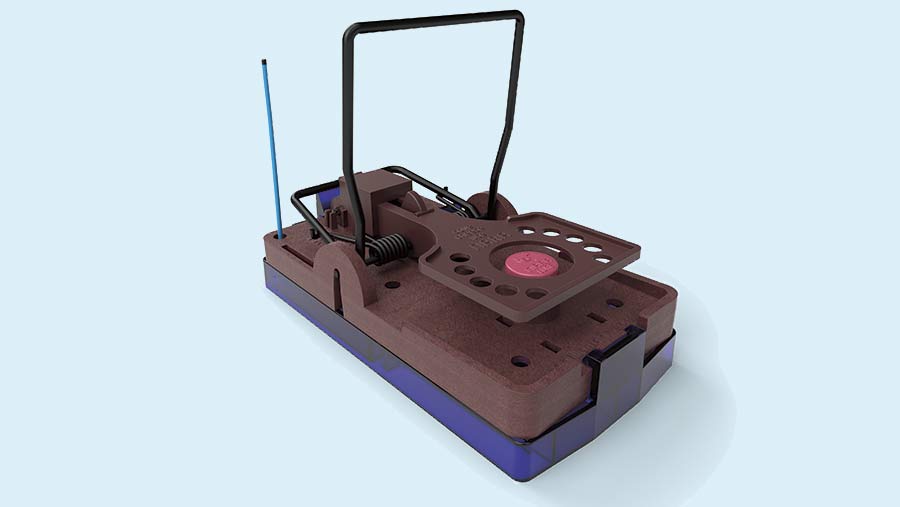
The trap can be equipped with various eMitter sensors; one beeps three times every 30 seconds once a trap has caught a rodent and the company says the beep can be heard over a long distance.
The eMitter traps can also be monitored via an app and your mobile phone. Battery life is said to be up to three years.
The sensors are waterproof and the traps have weight adjusters so that you can choose to catch either rats or mice.
They are sold in the UK via Basildon company Edialux UK. Basic rat trap prices start at £3.20.
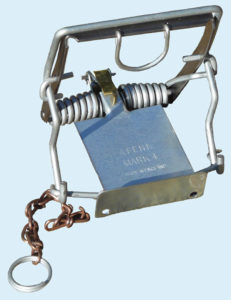 Fourteenacre
Fourteenacre
Solihull company Fourteenacre sells a vast range of trap-making supplies and traps for catching everything from rats and squirrels to rabbits and mink.
Here are four effective and humane items that farmers frequently buy, says Fourteenacre boss John Bryan.
Fenn Traps
A staple for farmers and gamekeepers since the first models were released in the 1960s, the current MK4 and MK6 models are simple, cost-effective multi-purpose vermin traps costing under £10 each.
Like all spring traps, they must be used in a tunnel and in accordance with the terms of the Spring Traps Approval Order.
WCS Tube Trap
Using a similar trigger mechanism to the Fenn trap, the WCS Tube Trap has the advantage of already being in a self-contained tunnel, making it much more straightforward to use.
This trap costs £60, with optional end caps that can be used to exclude non-target species.
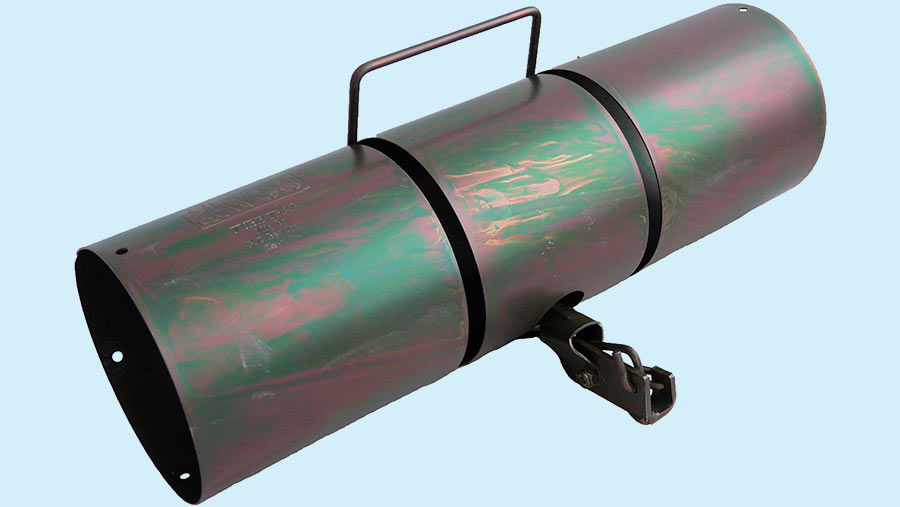
The Fenn, Tube Trap and many other current traps will no longer be approved for use against stoats under legislation expected to be passed in 2019.
Goodnature A24 rat and stoat trap
This CO2-powered repeating, self-resetting trap is typical of the new generation of trapping technology.
It can fire up to 24 times on a single CO2 cylinder without any intervention and has an integral long-life lure which can be changed for different species and replaced quickly and easily.
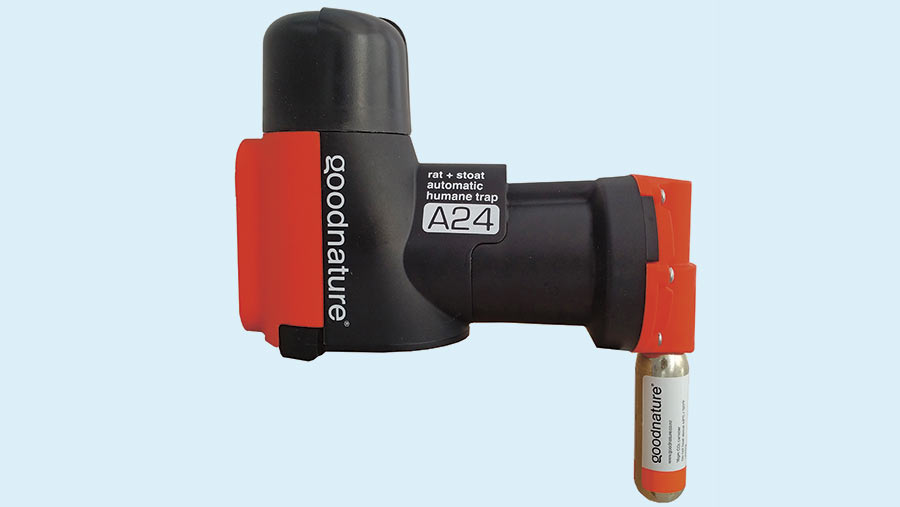
The killed pest is released to fall from the trap, leaving the trap open and ready to strike again. It is approved in England for rat and stoat control, with approval for use in Scotland and Wales still pending.
It is not currently approved for squirrels and care must be taken to exclude non-target species – particularly hedgehogs.
It is easy to install and maintain, toxin free, targeted and humane. The cost is £115-£135, depending on spec.
MinkPolice
The cunning MinkPolice remote monitoring device is designed for managing traps, but can also be used for security and other purposes.
Battery powered, fully waterproof and operating over the mobile phone network, the MinkPolice alarm module is free-standing.
It can be used virtually anywhere, says the company, even in areas where network coverage is weak, and needs no mains-powered base station.
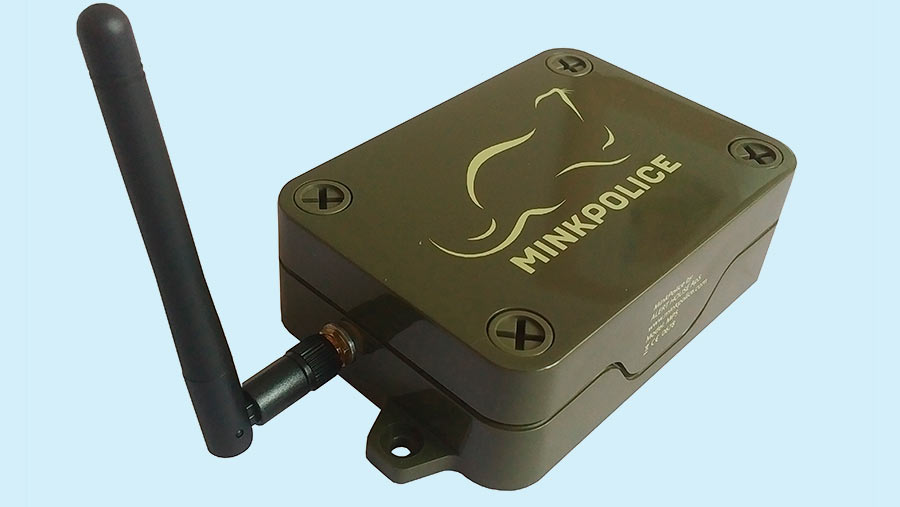
The simple trigger mechanism can be adapted to almost any situation and is not limited to any make or model of trap.
All that is required to trigger the alert is to pull the magnetic key piece away from the alarm unit.
A message will then be immediately sent to multiple email addresses and by text to one or more mobile phones. The trap can be monitored through an online web portal, which is also where alert notification is configured.
It can also be used for protecting buildings, sheds and stables by detecting if doors are closed or opened. A mobile-network SIM card, enabled for data and with sufficient credit, is needed. Prices start at £185.
The simple trigger mechanism can be adapted to almost any situation and isn’t limited to any make or model of trap.
That means you would be alerted if (for instance) a trap was sprung or gates or sheds were opened inadvertently.
Ultrasonic repellers
There are dozens of these on the market. The principle is fine – mice and rats don’t like high-frequency sounds and will move to get away. Many users swear by them; others don’t rate them at all.
However, in the absence of any really rigorous laboratory tests, it’s hard to know how well they work and which ones to opt for.
The best option is probably to go for a well-known ag company such as Martley.
Martley MP1R ultrasonic rodent pest repeller
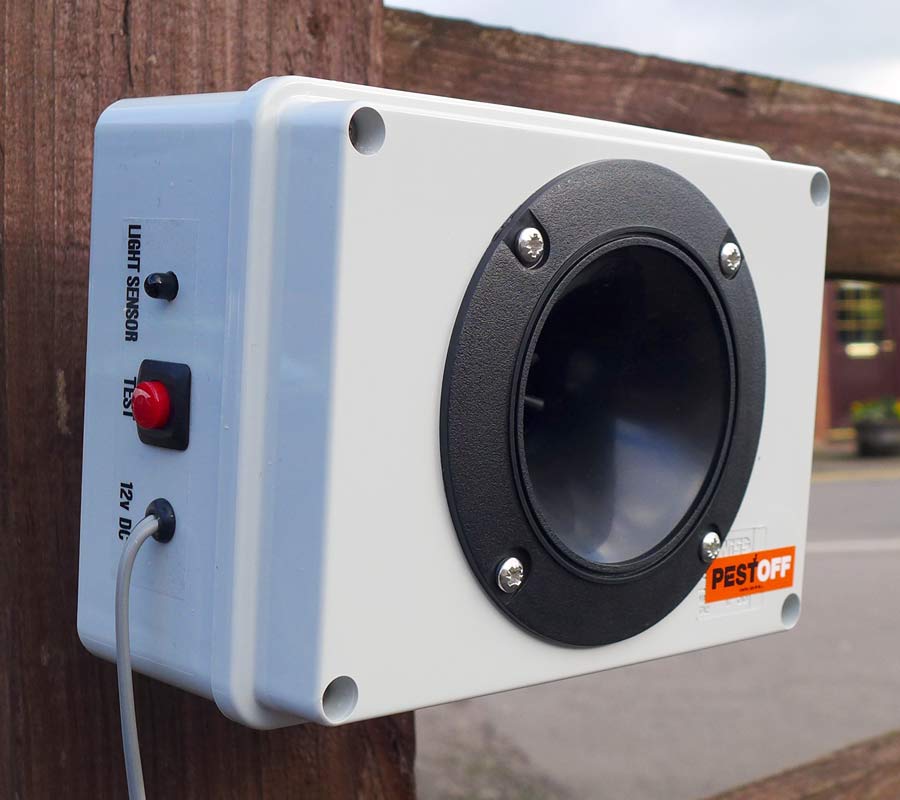
The device produces a constantly varying ultrasonic output, inaudible to humans but irritating to rodents.
It is for indoor or outdoor use and can be fixed to a wall, fence or post and aimed at target creatures. It is powered by mains adapter or 12v car/leisure battery. Price is £121.
Chemical weapons
The big chemical companies are doing their bit, too. Bayer’s Racumin Foam is a relatively recent water-based formulation that makes use of the rodents’ natural grooming habits.
It is aimed particularly at situations where other food temptations limit bait uptake or where traditional baiting methods – such as putting the product inside cavity walls – can’t be used.
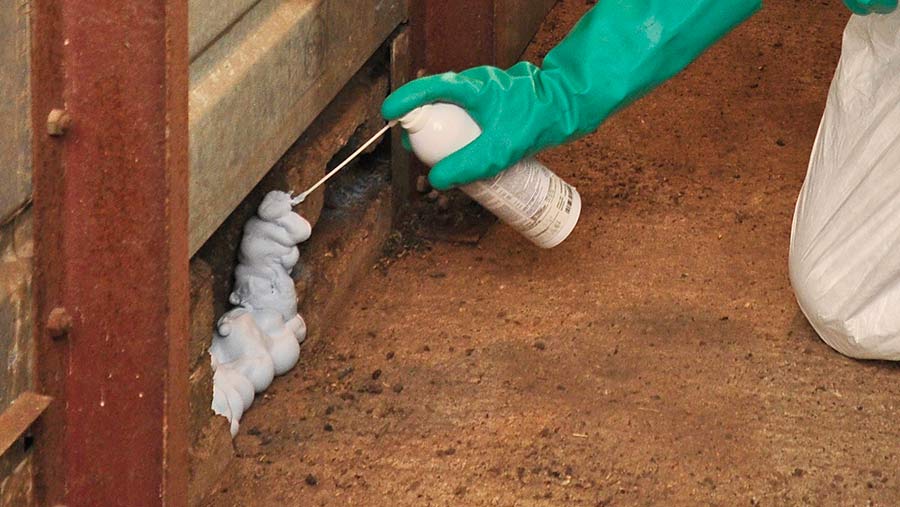
© Peter Hastings
The bait can be placed in areas where the rodents are known to pass, such as access holes, cavity walls and pipeworks.
It’s then transferred to the pests’ coat as they brush past and is ingested straight into the bloodstream during routine grooming.”
The active ingredient in the bright blue foam – coumatetralyl – passes into the rat’s mouth and through the soft tissues into the bloodstream.
The foam, which has the same consistency as shaving foam, will typically last for seven to 10 days and is used in the same places you would put conventional bait.
Rodent welfare
Rats and mice are a major nuisance on almost all farms. However, all rodent control must be carried out in a humane way, says the Universities Federation for Animal Welfare. Here it gives some good guiding principles:
- Decide if you are able to do the job humanely, including dealing with any injured animals and the killing of animals if needed. If you are not, call a professional pest control operative.
- Where live capture or kill traps are used, they must be set only after ensuring that the practicalities of checking the traps at appropriate intervals and of humanely killing any animals caught, have been considered and planned for.
- Only use traps designed to catch or kill your target animal.
- Never set a trap if you do not know how to set it to minimise the likelihood of mis-captures and injuries.
- Ensure you follow label directions when using rodenticides. This will increase the chances of animals taking a lethal dose and dying as quickly as possible.
- Never set a trap yourself if you are not prepared to: (i) inspect the traps frequently enough to prevent unnecessary suffering, (ii) deal humanely with any rats or mice caught, and (iii), deal with any animals injured.

